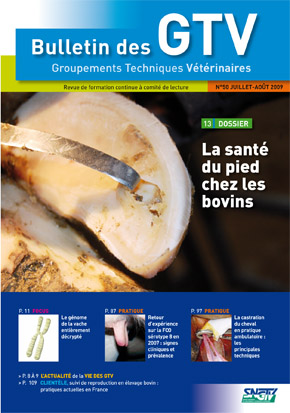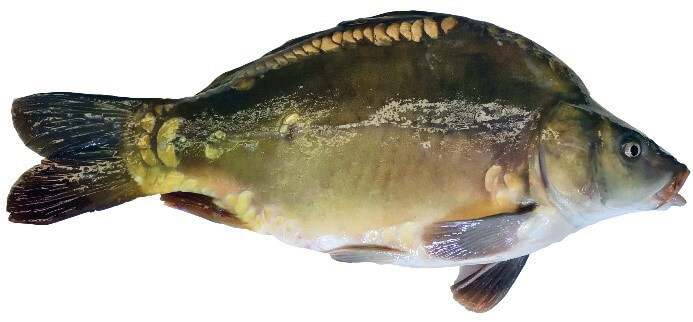La castration du cheval en pratique ambulatoire: principes, illustration des principales techniques

Auteurs
Résumé
La castration du cheval mâle non cryptorchide est un acte courant de la pratique ambulatoire. Elle peut cependant s’accompagner de complications gravissimes, que nous décrivons, ainsi que la conduite à tenir, sous forme d’un tableau. Comme tout acte chirurgical, la castration est précédée par le consentement éclairé du propriétaire, et la vérification de l’identité et de l’état du cheval. Il n’existe pas de technique idéale, et le choix de la technique est le fruit d’un compromis entre les attentes du propriétaire, et la nature du cheval. Nous illustrons en images les principales techniques possible en pratique courante : La castration ouverte (plaies scrotales laissées ouvertes pour cicatrisation par seconde intention), à cordon découvert (la vaginale est incisée et le cordon spermatique est exposé), soit en décubitus, latéral ou dorsal, sous anesthésie générale, soit debout, sous neuroleptanalgésie et anesthésie locale. Des schémas illustrent enfin deux variantes possibles : la technique à cordon couvert, et la pose de ligature transfixante autour du cordon spermatique.
Abstract
Castration of the male, non-cryptorchid horse is a common surgical procedure in a fi eld practice. Nevertheless, severe complications can occur as well as therapeutic attitude. As with every surgical procedure, castration should be preceded by appropriate information of the owner, written down on a consent form, verifi cation of the horse’s identity, and his clinical status. A clinical examination should be performed to assess the health of the patient and also the position of both testicles in the scrotum. There is no such thing as an ideal castration, and the choice of the technique is directly dependent on the nature of the horse and the expectations of the owner. This report describes the more common techniques currently used in a veterinary practice: open castration (scrotal wounds are left to heal) with incision of the spermatic tunic, either under general anesthesia in lateral, or dorsal recumbency, as well as under sedation and local anesthesia in the standing horse. Two illustrations are used to explain two additional surgical options: emasculation of the spermatic cord, still covered by its spermatic tunic, which is not incised (half-closed technique), and the transfi xing ligature in the open technique.
D'autres articles
JNGTV 2010 Page 761
Toutes espèces · Aucun thème


